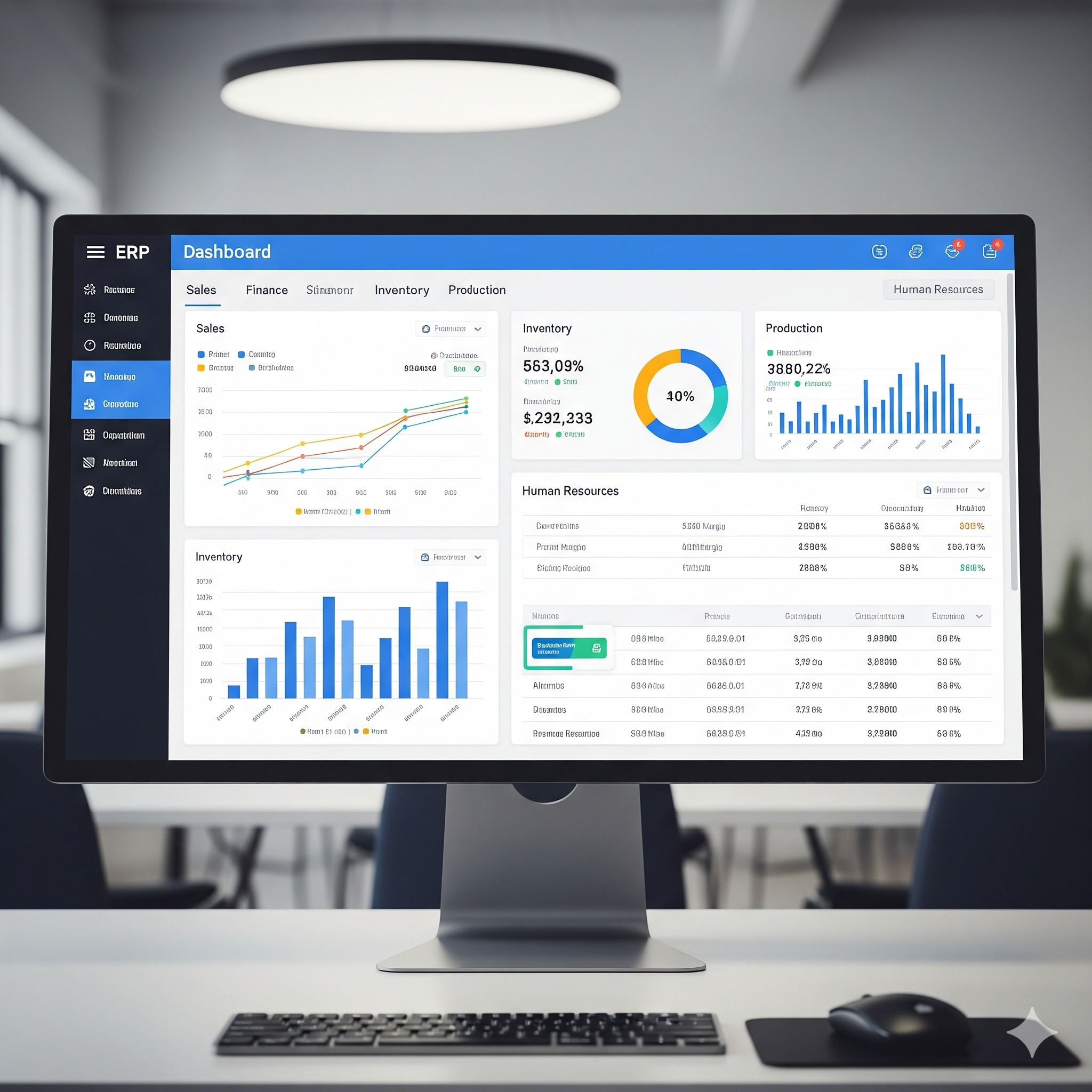

For organizations running robust ERP systems, seamless integration with EDI (Electronic Data Interchange) is not just a tech upgrade—it’s a strategic mandate. Streamlined EDI-ERP integration can drastically improve data accuracy, accelerate order cycles, and transform the way your business interacts with trading partners. But getting there requires more than just connecting systems. It demands deep EDI expertise, careful planning, and an unwavering commitment to both reliability and flexibility—values that define how we operate at Nexus VAN.

While EDI automates the exchange of business-critical documents like purchase orders and invoices, your ERP manages those documents in the context of broader business processes. Integration eliminates manual entry, reduces errors, and provides real-time visibility across departments. It lets you:
Integrating EDI with your ERP isn’t one-size-fits-all. Whether you run Oracle, SAP, Infor Visual, or a custom-built solution, success hinges on a few foundational principles.
Start by mapping all the document types and data flows between your organization and your trading partners. Identify where manual steps creep in—is data being re-keyed from EDI feeds into your ERP, or vice versa? Understanding these workflows clarifies where integration will deliver the most value and what data transformation is required.
One of the trickiest aspects is ensuring data consistency. Trading partners may use a range of EDI formats (X12, EDIFACT, flat files, XML, etc.), each with its own quirks. Your ERP, meanwhile, expects information in a very specific structure.
With Nexus VAN’s Data Translation Services, we take care of mapping and conversion across a host of standards—from X12 to XML, Excel, and more. This accelerates setup and eliminates hidden pitfalls during the integration process.
Modern ERP systems and progressive VAN providers (like us!) support a mix of integration protocols. Here are a few methods we see succeed repeatedly:
Our team brings decades of EDI experience, having handled integrations with some of the world’s leading ERPs—ensuring your specific method is tailored around your business and IT capabilities, not forced on you by your vendor.

Integrating EDI and ERP means your most sensitive documents are on the move continuously. It’s crucial to enforce both encryption and stringent authentication—at every point of connection. Nexus VAN delivers robust security, with SOC-2 compliance for businesses that need assurance on internal controls and auditability.
The number one cause of EDI headaches is lack of visibility. When something goes wrong, delays or errors quickly multiply. Look for a solution that provides a clear dashboard showing each step of the integration lifecycle—so you know where every file has been, in real time.
Our Migration Dashboard, for instance, keeps you up-to-date and confident. No more chasing tickets or guessing which step failed—everything is front and center.
Integration saves time—but only if exception paths are covered. Work with a provider that allows you to build in automated alerts (for failed transactions, mismatched fields, or trading partner acknowledgements). A proactive notification system enables you to resolve issues quickly, before they ripple downstream.
We always recommend a “crawl, walk, run” approach to EDI-ERP integrations. Start with a representative trading partner and document set. Use this pilot project to validate assumptions, test workflows, and debug edge cases. Once proven, roll out the integration iteratively, leveraging what you’ve learned to accelerate the next phase—with minimal business disruption.

We’re not content with just connecting the wires. For us, it’s about making your EDI integration as effortless, reliable, and inexpensive as possible:

The goal isn’t just to connect your ERP and EDI—it’s to make your business more agile, compliant, and responsive. At Nexus VAN, we view integration projects not as transactions, but as partnerships—ones where your confidence in our reliability, transparency, and expertise means everything. Whether you’re outgrowing your current VAN, launching a new system, or seeking to cut costs and complexity, we’re here so your EDI and ERP finally work as one.
If you’re ready to experience a risk-free, expert-driven approach to seamless EDI-ERP integration, schedule a demo with our team or contact us to start your journey.